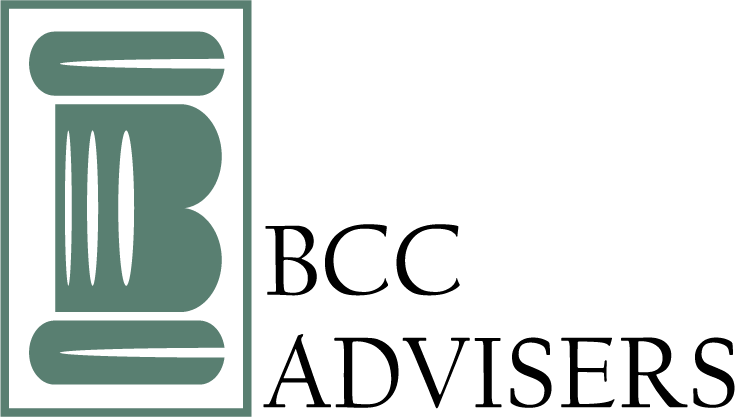Discounting majority interests - Tax Court tackles valuation of real estate LLCs
April 5, 2022
Decedent wielded considerable control
The decedent owned majority interests in five limited liability companies (LLCs) that held ground leases and certain other interests in various California properties. The LLC interests were held in a family trust. Although the decedent had given fractional interests in most of the LLCs to family members, the trust retained majority interests, ranging from 72.5% to 100%, in each of the companies.
As trustee, the decedent served as the managing member of each LLC. Accordingly, she held considerable power over them, including the power to unilaterally dissolve them.
The family trust owned a 100% interest in one LLC (Royal Gardens). In an amendment to the trust, the decedent left 75% of Royal Gardens to a family foundation and the remaining 25% to a church.
Charitable mismatch
The parties agreed on a value of $25.6 million for the estate’s 100% interest in Royal Gardens. But they disagreed on the values of the interests donated to charity. The estate had reported their values at $19.2 million and $6.4 million, respectively, for a total charitable deduction of $25.6 million. This total offset the amount included in the estate.
Conversely, the IRS reduced the deduction to $21.4 million to reflect valuation discounts applicable to the two fractional interests. The court accepted the IRS’s approach, finding that the charitable deduction for property split among several charities is the value of what each charity receives, rather than the value of the property as a whole.
Spectrum of control
To value the LLCs other than Royal Gardens, experts for both parties used an adjusted net asset value approach. However, they disagreed over the calculation of the discount for lack of control (DLOC).
To calculate the DLOC, the estate’s expert used the Mergerstat control premium study. He compared control premiums paid to acquire 50.1% to 89.9% controlling interests with those paid to acquire 90% to 100% interests. The expert said the difference — 9.47% — reflected a possible discount for controlling interests that lacked “total control.”
The estate’s expert considered factors specific to the subject LLCs, such as the potential for costly litigation should the majority owner attempt to dissolve and liquidate them. Based on this analysis, he arrived at a DLOC of 5% to 8%.
The IRS’s expert analyzed closed-end real estate funds to estimate the DLOC. The funds exhibited discount rates ranging from 3.5% to 15.7%, with a median rate of 11.9%. Because the closed-end funds represented minority interests “completely devoid of any control,” the expert chose a 2% discount based on the “bottom of the range.”
In similar cases, the Tax Court has held that no DLOC applied. But, in this case, the court decided to accept a “slight” discount, given the parties’ agreement on the issue. It rejected the IRS expert’s analysis, however, finding that the closed-end funds were too dissimilar to the subject LLCs and the data didn’t apply to majority interests.
Although the court found that the estate expert’s method was sound, it disagreed with the use of a higher discount to account for the risk of litigation. In the absence of evidence that minority owners would pursue litigation if the majority owner dissolved an LLC, the court reduced the DLOC to 4%.
No bright line rules
The application of DLOCs is a gray area in business valuation. Control isn’t an all-or-nothing issue, so your expert must carefully evaluate the circumstances to determine what’s appropriate. Contact a credentialed valuation professional to help avoid costly pitfalls when valuing assets for estate tax purposes.
Standalone Sidebar: Consider market conditions when estimating damages
When financial experts calculate economic damages, they estimate what the plaintiff’s financial results would have been “but for” the defendant’s alleged wrongdoing. However, failure to consider the impact of external market conditions on the plaintiff’s financial performance can cause experts to overstate or understate damages.
Suppose an expert estimates lost revenue by comparing the plaintiff’s profits before and after the defendant’s alleged wrongdoing. The assumption is that the defendant’s conduct caused the decrease in revenue. But if external market forces contributed to the plaintiff’s depressed performance, this approach may not necessarily be appropriate.
For example, say a wrongful act occurred just before the COVID-19 pandemic. Depending on the pandemic’s impact on the plaintiff’s business, its historical financial results may not be a reliable indicator of its future performance. If the plaintiff’s revenue would have fallen even without the defendant’s wrongdoing, the before-and-after approach would overstate its damages. On the other hand, if the pandemic had a positive impact on the plaintiff’s business, this approach would understate its damages.
Under these circumstances, it may be preferable to use the yardstick method, which compares the plaintiff’s revenue to those earned by similar businesses not affected by the defendant’s wrongdoing. Also, regardless of the method used, an expert must consider the impact of external market conditions — positive or negative — on the plaintiff’s costs when calculating lost profits.
